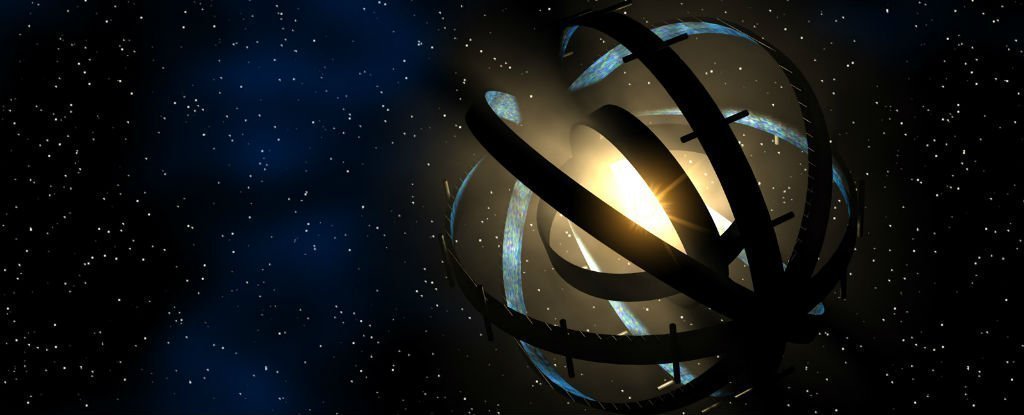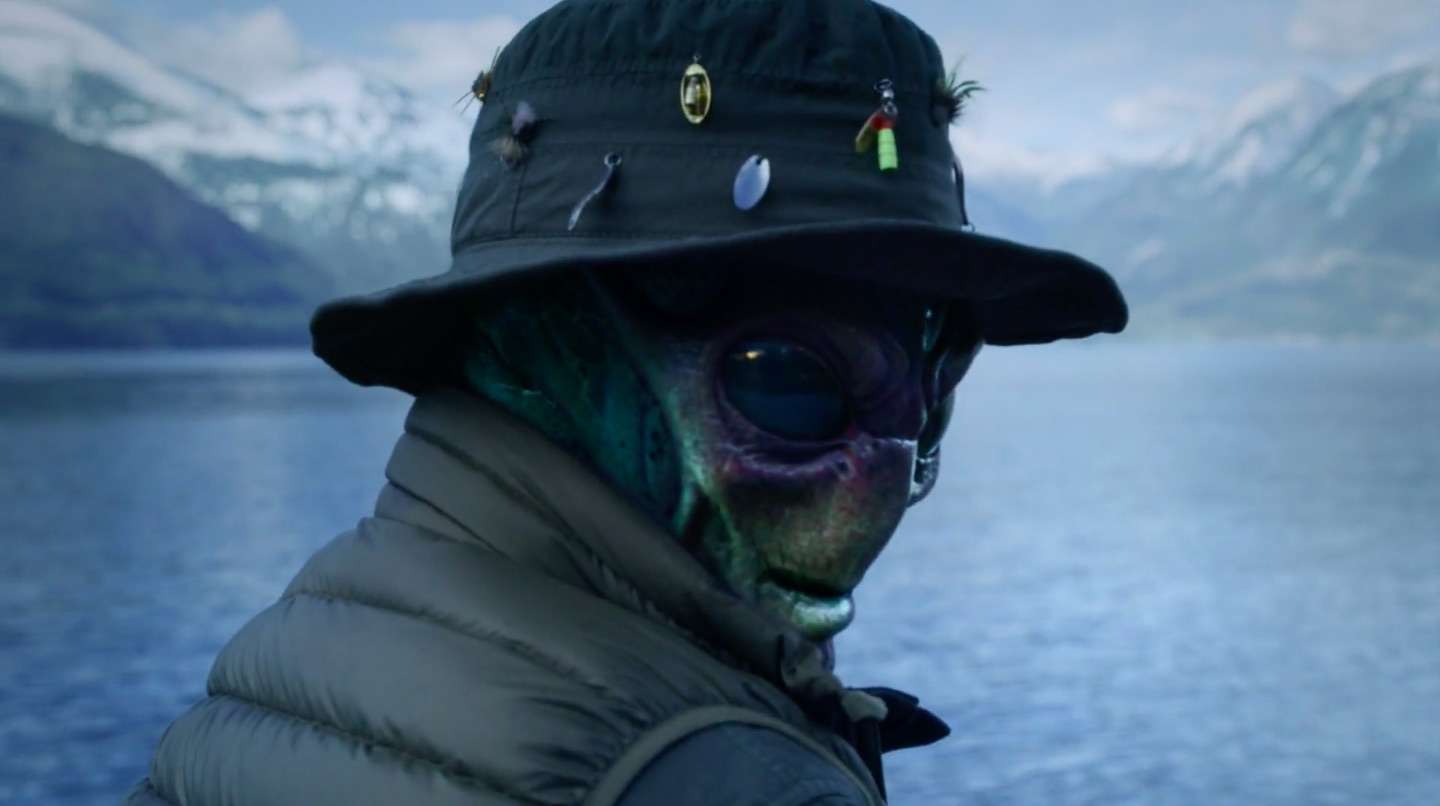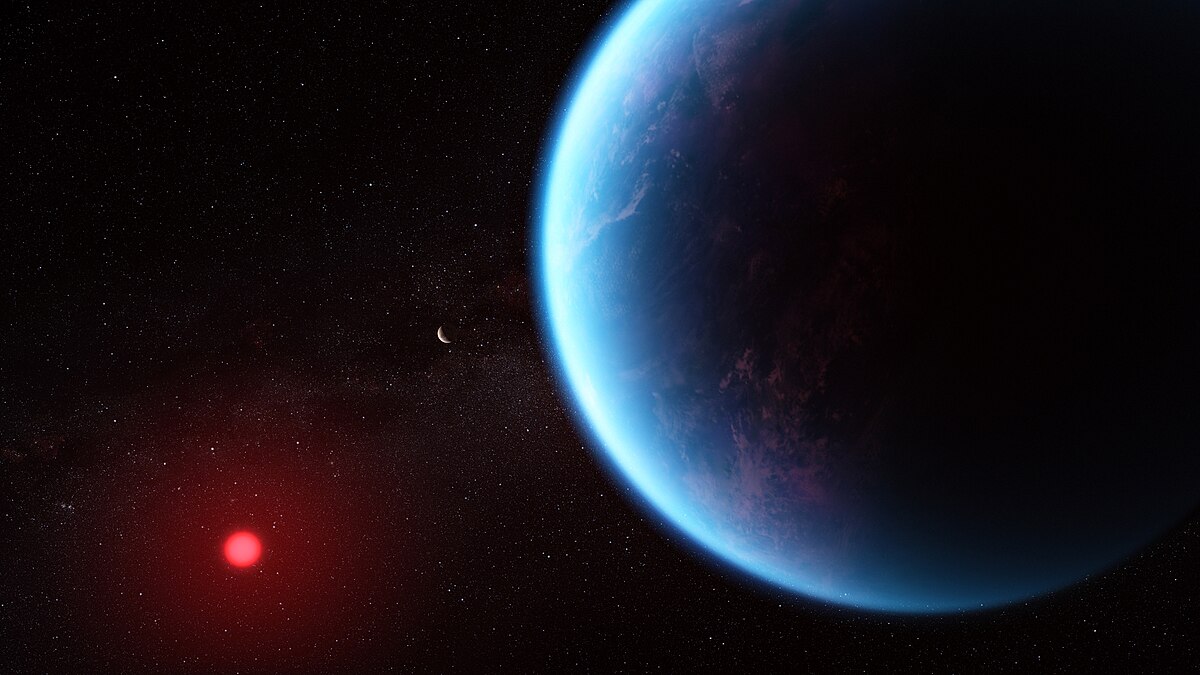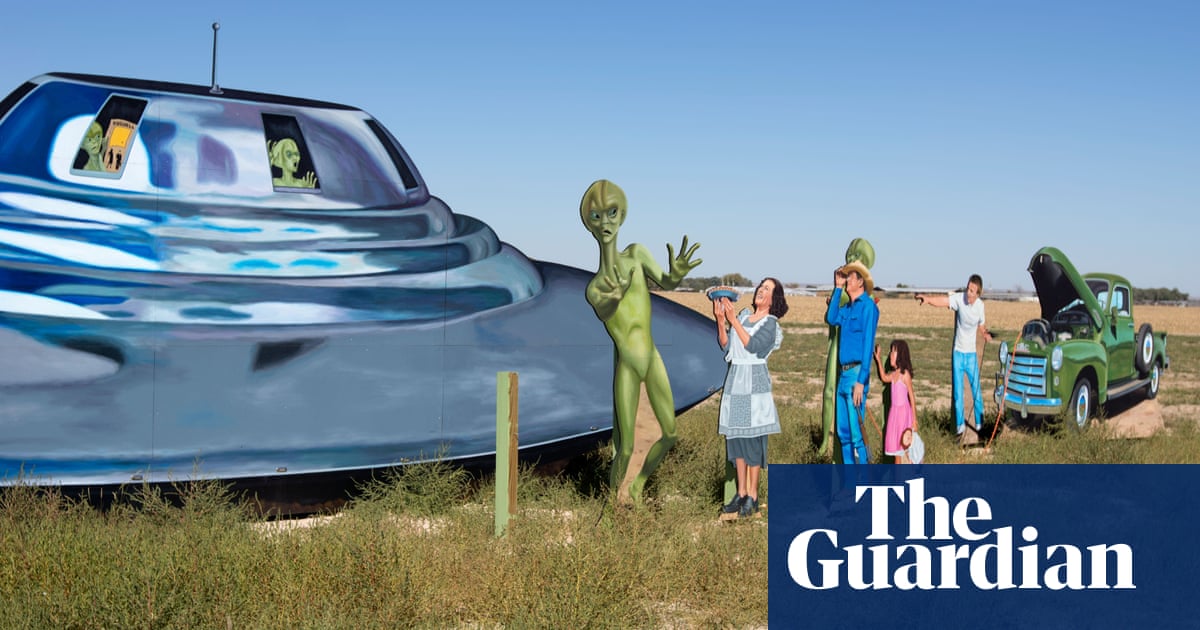5fish
Well-Known Member
- Joined
- Jul 28, 2019
- Messages
- 10,708
- Reaction score
- 4,559
We may have found a Dyson Sphere??? or not???

 www.sciencealert.com
www.sciencealert.com
On 14 October 2015, Planet Hunters' citizen scientists discovered unusual light fluctuations of the star KIC 8462852 raising press speculation that a Dyson sphere may have been discovered. However, subsequent analysis showed that the results were consistent with the presence of dust.
The not-so-plausible explanation is that the dimming is being caused by a kind of Dyson Sphere - a gigantic sphere made of solar panels that completely encircles a star, featured in several science fiction stories.
"Aliens should always be the very last hypothesis you consider, but this looked like something you would expect an alien civilisation to build," Jason Wright, an astronomer from Penn State University, told The Atlantic at the time of the discovery.

Researchers Just Found a Second 'Dyson Sphere' Star
When astronomers discovered a strange pattern of light near a distant star called KIC 8462852 back in October, it was like nothing anyone had observed before.
On 14 October 2015, Planet Hunters' citizen scientists discovered unusual light fluctuations of the star KIC 8462852 raising press speculation that a Dyson sphere may have been discovered. However, subsequent analysis showed that the results were consistent with the presence of dust.
The not-so-plausible explanation is that the dimming is being caused by a kind of Dyson Sphere - a gigantic sphere made of solar panels that completely encircles a star, featured in several science fiction stories.
"Aliens should always be the very last hypothesis you consider, but this looked like something you would expect an alien civilisation to build," Jason Wright, an astronomer from Penn State University, told The Atlantic at the time of the discovery.

















